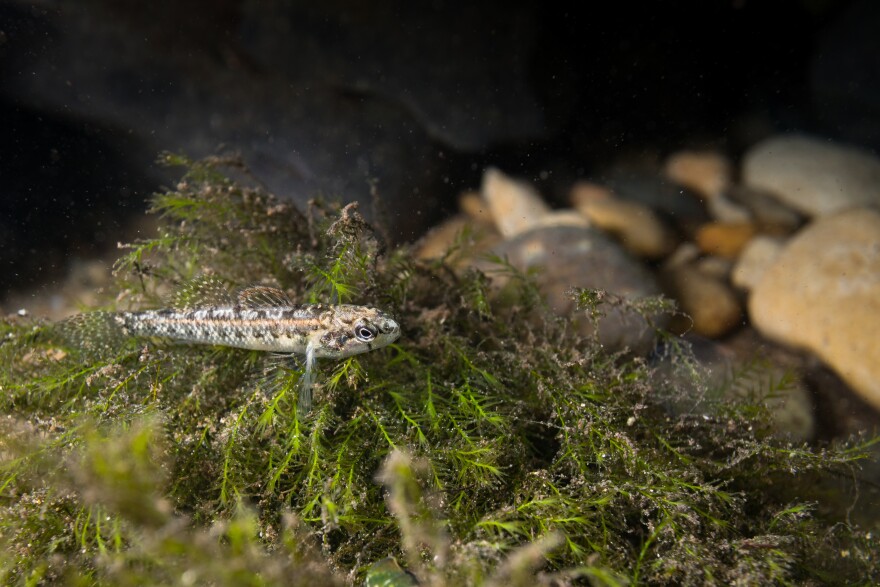The Edwards Aquifer rose a bit from some rain before the Fourth of July weekend, but not enough to end water restrictions in the area.
There is Aquaman and then there is the man who knows a lot about the agua in the aquifer, the senior director for aquifer science research and modeling at the Edwards Aquifer Authority, Paul Bertetti.
The water level in the aquifer has been dropping a lot this spring and summer as area rainfall has fallen way behind, resulting in a long drought. San Antonio is about 11 inches below normal for the year to date.
But Bertelli marvels at the aquifer's natural abilities to provide water to 2.5 million people year after year.
Imagine a large underground sponge, only it's made out of limestone, and it stretches from Kyle to San Antonio to Hondo to Brackettville. It's also filled with caverns that hold water. Rain that falls north of that line of cities runs into creeks and rivers and then into holes, cracks, and crevices found at the foot of the Hill Country and other spots out west. Those combined entry points into the aquifer are in an area officially called the "Recharge Zone."

Bertelli said the aquifer is great at refilling in a hurry even after droughts. But it's not so great at storing water.
"You know, one way to think about the aquifer system, it's a big, leaky bucket. So we can fill it up a lot, but it also drains out of the springs and people use it for pumping and water use and irrigation. So it's continually being used and recycled. So it's not a very effective or very efficient storage tank, but it's really good as a temporary water retention feature," he said.
Bertetti said the water level in the aquifer will likely dip more since July and August are usually hot and dry months in South Texas, but he said the water level at 634 feet just before the July 4th weekend, was not all that unusual. He said its been in that range at least 13 times since the big drought of the 1950s, when it hit its lowest mark at 612 feet.
In a hopeful sounding interview on the outlook ahead for the aquifer's water level, Bertetti said the unique structure is capable of a quick comeback.
"One of the advantages of the aquifer system is that we can have these periods where we have these low levels and we need to restrict flow so we can maintain the flow of the springs, but if we get good rainfall, it recharges and fills up fairly rapidly. It's very good a refilling itself," he said.
San Antonio is following Stage 2 restrictions. Stage 3 restrictions are in place in New Braunfels and Castroville. There are a total of five stages of restrictions to keep springs in the Comal and San Marcos Rivers flowing to keep several endangered species, including Fountain Darters and Texas Blind Salamanders, from going extinct. It's the only spot in the world they can be found due to the unique ecosystem they live in.


Under Stage 1, pumpers from the aquifer, like cities and agricultural interests, must reduce their permitted capacity by 20%. It's a 30% reduction under Stage 2, 35% under Stage 3, and 44% under Stage 5. Each stage is triggered once the aquifer dips to critical points on its way down.
Bertetti said some of the springs in the Comal River did go dry during more severe droughts than the one we're in now, but the aquifer showed its comeback capabilities yet again.
"All the springs that stopped flowing came back and returned full once water levels increased after rainfall," he said.
That happened in 1956 and in 2014.
Bertetti said it will likely take a major tropical disturbance to move over South Texas to revive the aquifer this summer. If that's the case, it may have yet another comeback just around the corner. The National Hurricane Center and other experts have forecast above average activity in the tropics this summer, meaning more tropical waves, depressions, storms, and hurricanes than usual.



